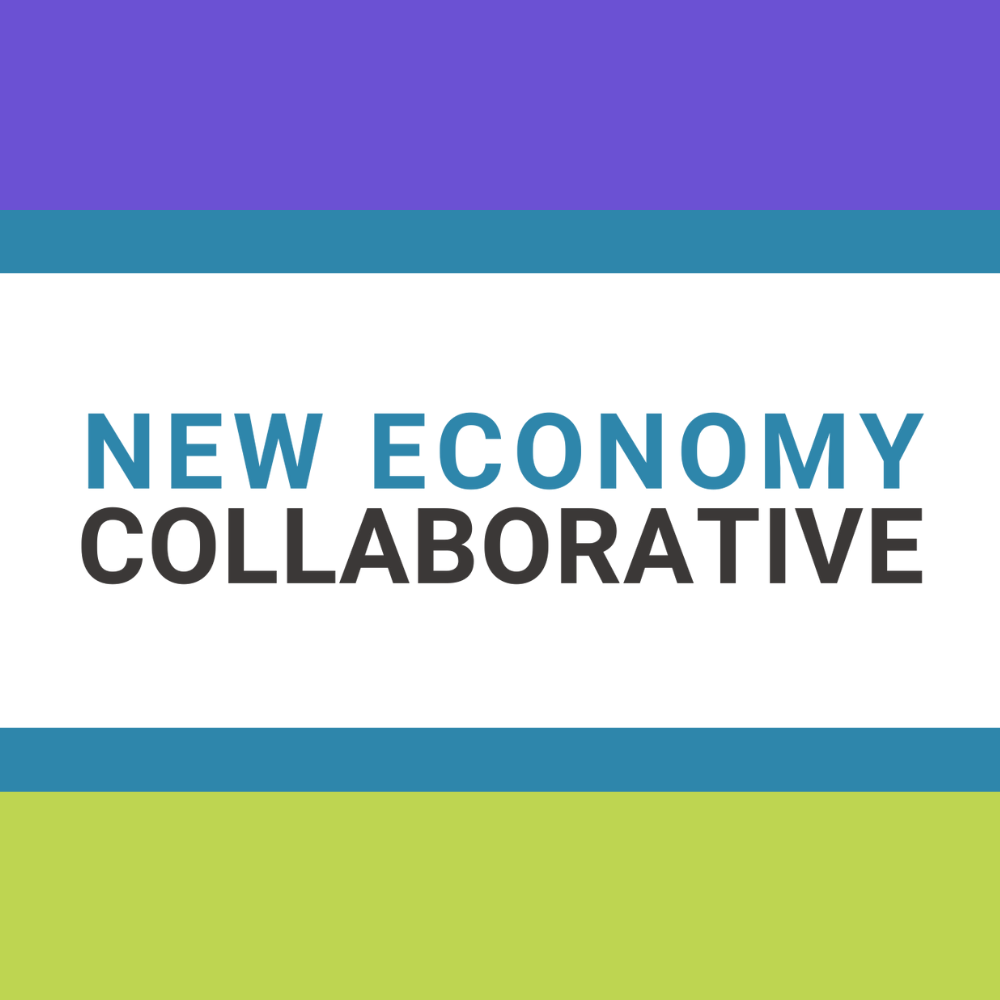
The New Economy Collaborative of Southwestern Pennsylvania announced a $62.7 million Build Back Better grant toward workforce development in Southwestern Pennsylvania. Follow Technical.ly’s coverage of the 11-county project here.
The hulking robot driving into Three Mile Island is legend among Pittsburgh economic boosters. This, they say, is the origin story of how Western Pennsylvania began its robotics specialty.
In the aftermath of the 1979 nuclear accident, Carnegie Mellon University’s newly founded Robotics Institute spearheaded the development of machines capable of navigating the radioactive remnants of the facility.
The cleanup, led by celebrated roboticist William “Red” Whittaker, showcased Pittsburgh’s engineering prowess and cemented its reputation as a hub for cutting-edge robotics technology.

Forty years later, that legacy continues to evolve. Thousands attended November’s third annual Pittsburgh Robotics Discovery Day, a showcase of the region’s robotics and AI ecosystem.
All told, robotics engineering doesn’t employ a big share of Pennsylvanians. But like manufacturing in the 20th century, this industry tends to drive other industries around it. As one former federal official memorably put it in 2012, when a region builds things, a Walmart opens, but it doesn’t go the other way. For a slow-growth region, robotics is now a keystone of economic strategy.
Organized by the Pittsburgh Robotics Network and backed by CMU and the federally-funded New Economy Collaborative, Discovery Day sprawled across the city’s convention center.
Close to 150 exhibitors brought their devices to display, from industry giants like Caterpillar to a constellation of startups — many affiliated with the Pittsburgh Robotics Factory, a project of Innovation Works, a state-backed economic development org.

What Pittsburgh robotics teaches everyone else
Walking into the convention center in November, I saw Western PA parents get out of pickup trucks to drop off teenagers toting robots. They competed for space in the loading zone with sales reps in dress shirts with their own robotics displays. You got the sense that there’s something in the water driving this obsession.
Robotics in Pittsburgh demonstrates at least two key steps in technology-led economic development.
The first, as popularized by UCLA researchers, is that the spark of a meaningful innovation economy comes initially from a star academic who develops the right technology at just the right moment. William Shockley’s transistors were that for Silicon Valley. Bill Gates and computers were that for Seattle. Red Whittaker and his CMU robotics have been the same for Pittsburgh.

The second is whether local civic leaders can harness that initial research spark to power lasting economic change.
More regions have been home to technological breakthroughs than there are true top tier innovation hubs. As Technical.ly documented recently in our second annual State of the Pittsburgh Tech Economy report, Pittsburgh truly does punch above its weight (read: population size), but faces fierce competition.
That’s why telling, and retelling, the Pittsburgh innovation origin story is worth the effort. Advances in artificial intelligence, advanced manufacturing and the life sciences all descend from that moment.
How Pittsburgh developed its robotics reputation
In 1979, the year of the Three Mile Island partial nuclear meltdown near Harrisburg, PA, CMU’s Whittaker was a 30-something academic leading a grant-funded project to develop a robotics institute.
By the mid-1980s, Whittaker’s team had developed and deployed two wheeled robots outfitted with cameras, radiation sensors and cleaning tools, according to a university retrospective. For four years, the robots were used to clean what a federal agency called “the most serious accident in US commercial nuclear power plant operating history.”
What followed is a canonical example of innovation strategy.
CMU’s early, modest advantage in robotics research was supercharged by a great story and a charismatic academic-entrepreneur. That attracted new waves of graduate students, researchers and others interested in the field. Success begets success.
In 1995, a consortium launched the National Robotics Engineering Center, which has attracted half a billion dollars in follow-on investment, according to the group’s own research. By 1999, the Wall Street Journal had coined the “Roboburgh” nickname, for a feature on innovation hubs in those heady dot-com days. In 2007, Whittaker cofounded Astrobotic, a space robotics company that won national acclaim.
Now, Pittsburgh boasts a slate of satellite offices of big tech firms, including Google, Uber and Apple. Homegrown unicorn Duolingo and many smaller examples, from old-line manufacturers in transition like Penna Flame and early startups like Maximillian Obasiolu’s Lead-In Record Co, all have a robotics and automation lens.
The $62.7 million Build Back Better-backed New Economy Collaborative has the task of pushing these successes further. The organization, of which Technical.ly is a member, has many charges, including inspiring more existing residents to explore related career paths.

What’s next is up for grabs
Decades later, the Three Mile Island story may not yet be over. Microsoft intends to make significant investments in AI infrastructure and is leveraging the nuclear plant to meet its energy demands.
Whitaker’s legacy is about meeting a moment of crisis. The world has no shortage of crises Pittsburgh can meet: AI-guided health research; support for vision-impaired people; safer autonomous vehicles; multi-planetary research; reshoring manufacturing under the banner of national security. All had representation at Discovery Day.
Pittsburgh has a robust robotics reputation. Now the question is, who will benefit from it?







